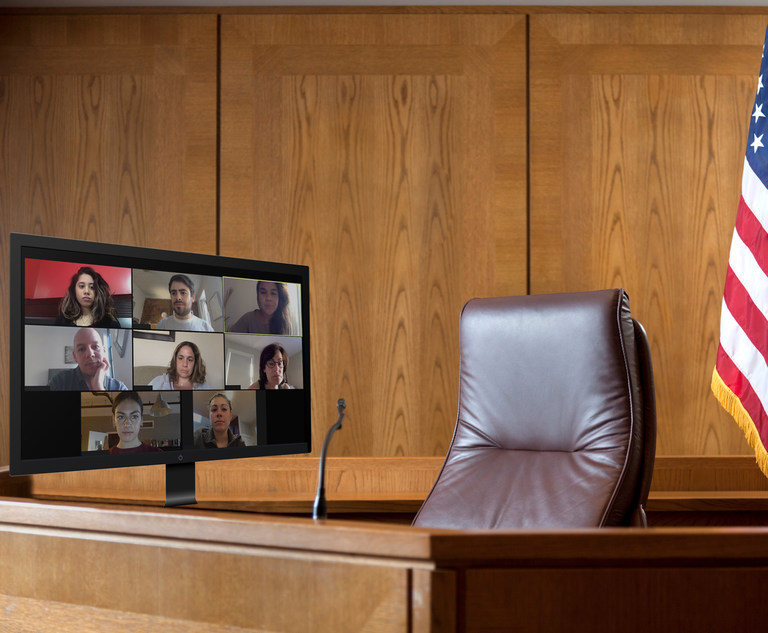Let’s start with the obvious—since the shift to remote work last year, companies have become more reliant than ever before on the latest collaboration tools rather than just email. One tool that rose to the top in early 2020 was Zoom. The video conferencing platform quickly became the go-to leader for workplace collaboration and employee connectivity across the globe, and even now, continues to see massive subscriber and usage growth.
As we come to terms with remote work as a permanent fixture for many organizations, what are the implications for legal professionals who must now be more diligent about managing their company’s Zoom data? With business conversations extending across video, audio, transcripts and chat, it will not be long before we see Zoom data appearing as evidence in court. Legal teams and CIOs need to think about how to preserve Zoom data proactively for litigation case assessments, discovery, and holds, as well as investigations and regulatory actions.


 (Photo: Jason Doiy/ALM)
(Photo: Jason Doiy/ALM)




